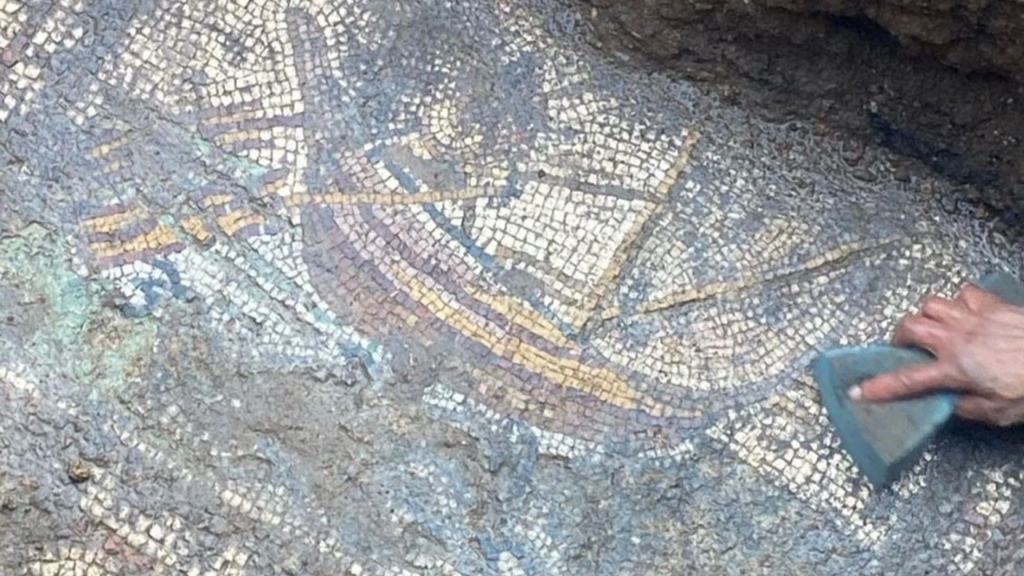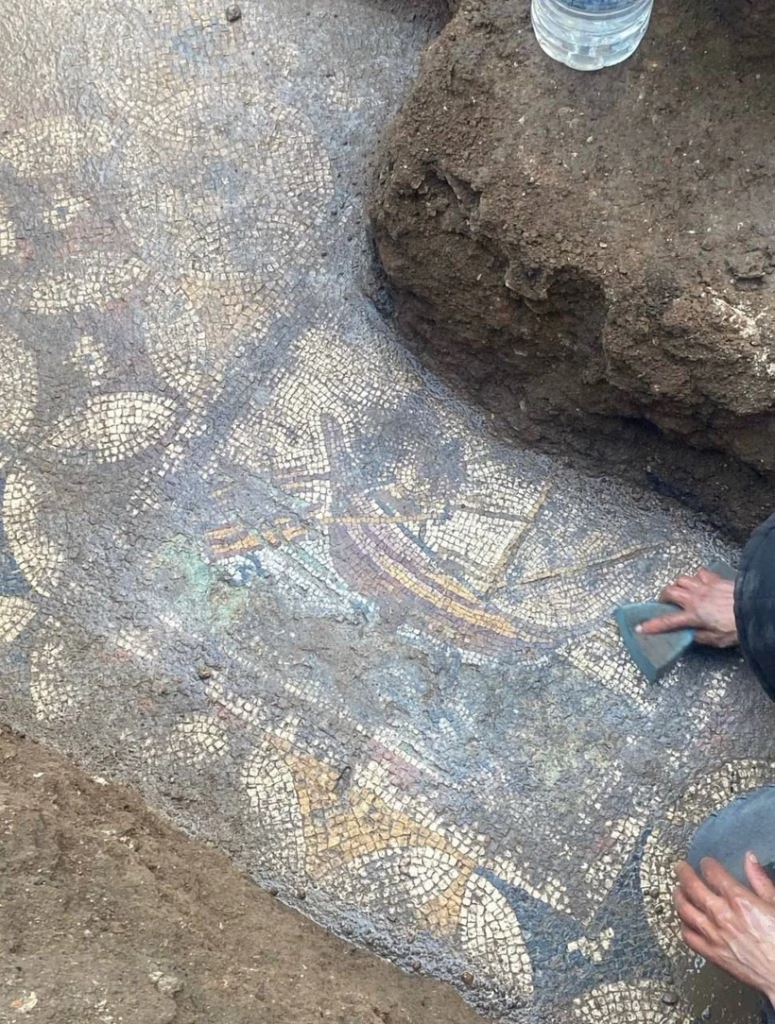A mosaic believed to be from the early Christian period was unearthed during the excavations of a house in the Iznik district of Bursa. This remarkable find aroused great interest, especially because it coincided with the visit of Pope Leo XIV, the newly elected head of the Catholic Church, to Iznik and emphasized the historical and religious importance of İznik.
The mosaic, found in İznik’s Beyler Neighborhood, feature figures of a ship and a deer. Archaeologists suggest this mosaic could belong to the early Christian period, possibly even the era of Jesus. The structure and symbolic meanings of the mosaic figures are being carefully studied by scholars.
Coincidence Before the Pope’s Visit or a Rewrite of History?
It is claimed that the late Pope Francis had a strong wish to visit İznik, leaving it almost as a final will. His successor, Pope Leo XIV, is expected to fulfill this wish with a visit planned in the near future.

This remarkable find has once again drawn attention to İznik ahead of the anticipated visit. Vatican sources emphasize the Pope’s respect for İznik as a religious center and its significance as the site of the First Council of Nicaea.
Approaching the 1700th Anniversary of the Council of Nicaea
The First Council of Nicaea, convened in 325 AD by Roman Emperor Constantine, is considered one of the most significant events in Christian history. It shaped the divine nature of Jesus and Christian doctrine, formally declaring the “Nicene Creed,” the first official statement of Christian faith.

Pope Leo XIV’s visit may highlight the city’s religious heritage anew as the 1700th anniversary of this council approaches.
Gladiator Legend Near the Excavation Site
Close to the excavation site is an area believed to be the residence of Maximus Decimus Meridius, the character from the famous film “Gladiator.” Inspired by this region, the film’s story adds to İznik’s rich historical tapestry.





